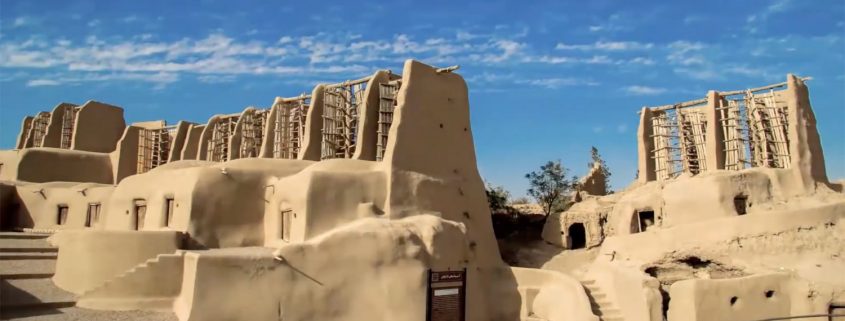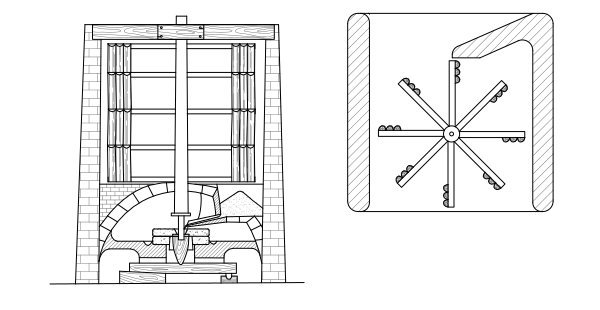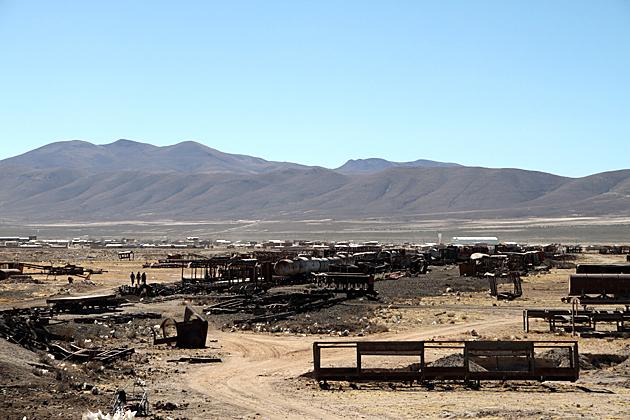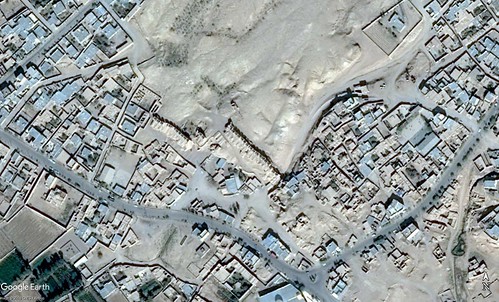Contest #544: Cascata delle Marmore, Umbria, Italy
After he decided in 271 BCE that the local wetlands were causing Malaria, Roman consul Manius Curius Dentatus ordered the construction of a canal to divert the Velino river to the cliffs at Marmore, where the water would fall into the Nera river bed, thus bypassing the marsh completely.
Best laid plans and all, the reconfigured river system had it’s own flooding problems, and over the course of the centuries, various Popes stepped in and ordered modifications. Then, after the industrial revolution, private businesses jumped into the fray.
Today, the falls are a scheduled tourist attraction. The water to the falls is diverted through a hydroelectric plant, reducing the falls to a trickle. For a few, published hours each day, the water is sent back over the falls to the delight of visitors from all over the world.
Those who splashed around included:
- Phil Ower
- hhgygy
- Eloy Cano
- Lighthouse
- Walter_V_R
- Garfield
- Farceur
- Chris Nason
And after the hint:
- Sandworm
- rob de wolff
Contest #544 Hint
This month, the water flows from 11am to 1pm, and 3pm to 6pm, local time.
Contest #544
Contest #543: Nashtifan Windmills, Nashtifan, Iran
The name “Nashtifan” (نشتيفان) is derived from Farsi words that mean “storm’s sting”. Average high wind speeds combined with the ingenuity of the residents of this area a millennium ago brought about a set of windmills for grinding grain that run even today.


Those who found this site included:
- Eloy Cano
- Lighthouse
- mehmet durmus
- Garfield
- hhgygy
- Jesus Rodriguez
- Walter_V_R
- Phil Ower
and after the hint:
- Farceur
- Ashwini Agrawal
- donaaronio
Contest #543 Hint
Probably wouldn’t even power a light bulb, but they didn’t have light bulbs 1000 years ago.
Contest #543
Contest #542: the train cemetery near Uyuni, Bolivia
This week, we visited the train cemetery just outside of the desert town of Uyuni, Bolivia. Filled with hollowed out bodies that have completely rusted over and other remains, the “Great Train Graveyard” can be found high in the Andean plain.

Uyuni has long been known as an important transportation hub in South America and it connects several major cities. In the early 19th century, big plans were made to build an even bigger network of trains out of Uyuni, but the project was abandoned because of a combination of technical difficulties and tension with neighboring countries. The trains and other equipment were left to rust and fade out of memory.

Most of the trains that can be found in the Graveyard date back to the early 20th century and were imported from Britain. In other places in the world, the mighty steel trains would have held up better. The salt winds that blow over Uyuni, which hosts the world’s largest salt plain, have corroded all of the metal.
Found, despite all tracks not leading to a cemetery:
- Garfield
- Lighthouse
- Phil Ower
- Farceur
- hhgygy
- Glenmorren
- Eloy Cano
Contest #542 Hint
Despite the look, it’s a salty cemetery.





